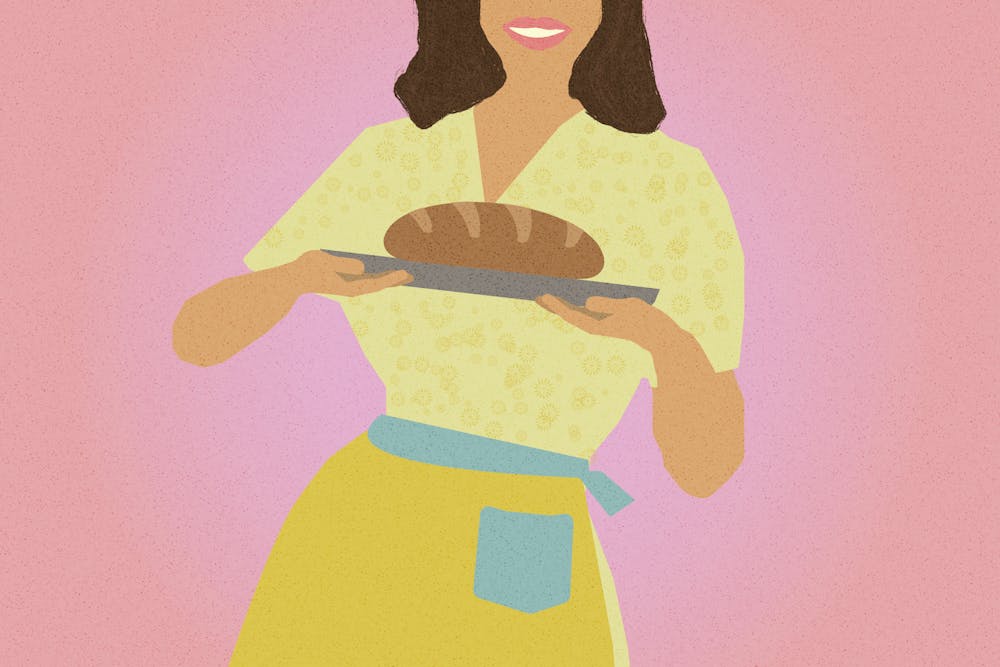Every morning, I wake up as the sun illuminates my silk sheets, put on my cashmere Ralph Lauren “daytime” dress and cook up a homemade breakfast for my husband and two children — from scratch. This signifies the ideal traditional 1950s American woman. This ideal has not only been re-emerging but trending, yet somehow people are still shocked that Donald Trump won the presidential election.
It’s worth noting, whether our culture wants to admit it or not, that these trends seem to primarily target white women. And who voted for Trump? The majority of white women. It's an unmistakable trend blurring the line between culture and politics. Conservatism gave this population community: a principle that is desperately searched for in the alienating reality of life in a century categorized by status and its respective differences.
Fashion and lifestyle trends are not simply superficial shifts in culture; they signify a deeper societal perspective. It is a mirror into the standards of a nation, so while people argue the election couldn't have been predicted, the media’s return to conservatism questions this statement. Idealized visions of traditional familial values partnered with modest high-end fashion have long hinted at this electoral win.
This might seem like a stretch, but let’s look at the trends. Why does being a “tradwife” increase your social media views nowadays — why are women reverting back to the cult of domesticity?
In its current state, it’s what the nation wants. The United States wants traditionalism, it wants conservatism, it wants Trump.
It’s common for older generations to reminisce on the past and comment on the fact that modern fashion reflects their own childhoods. So it’s not crazy to say that former modest values, and hemlines, are making a return and therefore categorizing modern times.
Women being portrayed as pie-making, smile-wearing, maternal yet picturesque symbols of femininity isn’t a new concept. The real question is why are we surprised it’s back? The way we live our lives is passionately intertwined with the political stressors plaguing our nation, and fashion serves as nothing less but an aesthetic response — a representation of our deeper grievances. A nation encompassed by uncertainty grips onto the perceived stability of the past, “the good old days.”
As represented throughout history, fashion is a silent protest. Eras of our nation such as the Civil Rights Movement and women’s liberation efforts aimed to morph personal expression with a call for change — a demand for justice. Therefore, these lifestyles reflected a more “radical” approach to identity.
With women refusing traditional constraints of femininity and experimenting with bolder patterns and prints as the years progressed, the eyes of society opened. The way people presented and dressed themselves only intensified this cultural shift in the nation.



